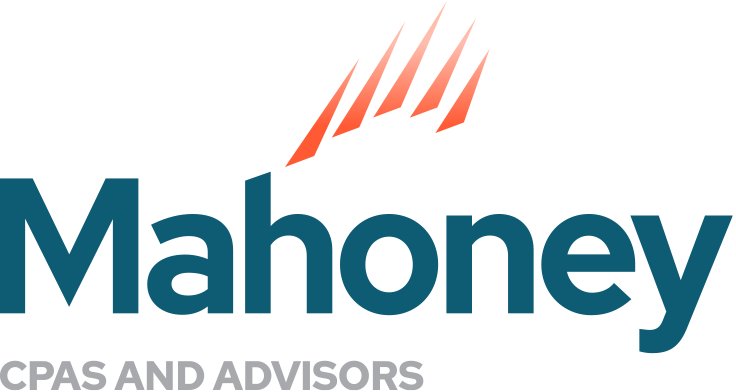
The Backdoor Roth IRA Strategy
Unlocking Retirement Savings: The Backdoor Roth IRA Strategy
Retirement savings are a cornerstone of financial security, yet high-income earners often hit roadblocks when trying to contribute to Roth IRAs due to income limits. Enter The Backdoor Roth IRA – a savvy strategy that bypasses these restrictions, enabling you to reap the tax-free growth and withdrawal benefits of Roth IRA, even if your earnings exceed the standard eligibility thresholds.
What is a Backdoor Roth IRA?
A Backdoor Roth IRA is a legitimate and strategic legal method that allows high-income earners bypass income limits and still contribute to a Roth IRA. It involves two key steps:
- Contribute after-tax dollars to a Traditional IRA (non-deductible).
- Convert that contribution into a Roth IRA.
This strategy is especially valuable for individuals whose income exceeds the threshold for direct Roth IRA contributions, offering a pathway to tax-free growth and withdrawals in retirement.
2025 Contribution Limits and Income Thresholds
For 2025, the IRS has set the following contribution limits for Traditional IRAs:
- Individuals under age 50: up to $7,000
- Individuals age 50 or older: up to $8,000
These limits apply regardless of income level, but deductibility may be affected based on your income and participation in a workplace retirement plan.
Roth IRA income phase-out ranges:
Here’s how to execute the Backdoor Roth IRA strategy:
- Single filers: Phase-out begins at $150,000; no contributions allowed at $165,000 or more.
- Married filing jointly: Phase-out begins at $236,000; no contributions allowed at $246,000 or more.
If your income exceeds these thresholds, you’re not eligible to contribute directly to a Roth IRA – but you can still use the backdoor method.
Step-by-Step Guide
Here’s how to execute the Backdoor Roth IRA strategy:
- Confirm your income is above the Roth IRA limits
- Open a Traditional IRA and a Roth IRA (if you don’t already have them)
- Make a non-deductible contribution to your Traditional IRA
- Convert the funds to your Roth IRA ideally, soon after the contribution to avoid taxable growth. Aim to complete the conversion within 60 days
- File IRS Form 8606 with your tax return to report the non-deductible contribution and conversion
Watch Out for the Pro-Rata Rule
One of the biggest pitfalls in this strategy is the pro-rata rule. If you have other pre-tax IRA balances (e.g., rollover IRAs, SEP IRAs, or SIMPLE IRAs), the IRS treats all your IRAs as one combined account when calculating the taxable portion of your conversion.
For example, if you contribute $7,000 to a Traditional IRA but already have $100,000 in pre-tax IRA funds, only a small portion of your conversion will be tax-free. The rest will be taxed as ordinary income.
Tip: You can reduce this impact by rolling pre-tax IRA funds into a 401(k) plan, if your employer allows it. This removes those funds from a pro-rata calculation.
Timing Matters
- Conversion Deadline: To ensure your Roth conversion is counted for the 2025 tax year, it must be completed by December 31, 2025.
- Unlike Traditional IRA contributions – which can be made up until the tax filing deadline for the previous year – Roth conversions are taxed based on the calendar year in which they occur, regardless of your actual filing date.
Proper timing ensures your conversion is taxed in the intended year and avoided surprises at tax time.
Is It Right For You?
The Backdoor Roth IRA is especially beneficial for:
- High-income earners who exceed Roth IRA income limits
- Individuals seeking tax-free growth and withdrawals in retirement
- Those with minimal or no pre-tax IRA balances
However, it may not be ideal if:
- You have significant pre-tax IRA funds subject to the pro-rata rule
- You haven’t yet maxed out the other tax-advantaged accounts like a 401(k) or Health Savings Account (HSA)
Final Thoughts
The Backdoor Roth IRA strategy is a powerful strategy for building tax-efficient retirement savings. While it requires a few extra steps and careful planning, the long-term benefits – like tax-free growth and withdrawals – can make it a highly rewarding move for high-income earners.
If you’re ready to take control of your retirement strategy, this could be the smart move that sets you up for financial freedom. For more information or questions, reach out to Ivan Zakharchuk or your Mahoney tax advisor today.
Looking for more ways to keep your hard-earned money working for you? Explore our guide: Tax Strategies – Mahoney | CPAs and Advisors for practical tips to maximize savings this tax season.
ADDRESS
10 River Park Plaza, Suite 800
Saint Paul, MN 55107
(651) 227.6695
Fax: (651) 227.9796
info@mahoneycpa.com
© 2024 Mahoney | Privacy Policy
Mahoney Ulbrich Christiansen & Russ, PA


